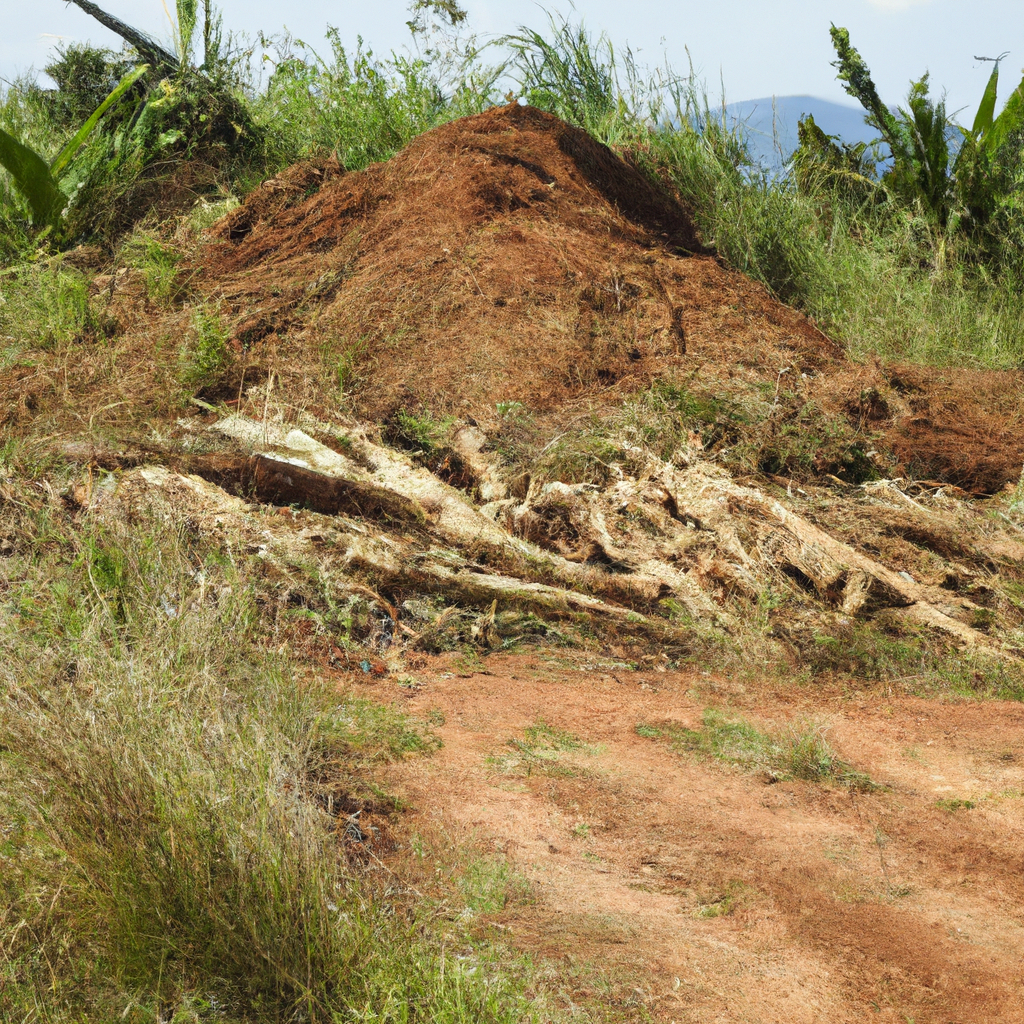28 June 2025

Treatment of the Ghanaian Forest – covering environmental, economic, and social aspects:
—
Treatment of the Ghanaian Forest:
A Critical Overview
Ghana’s forests have long been one of the country’s most valuable natural resources, supporting biodiversity, livelihoods, and the economy. Historically rich in tropical hardwoods like mahogany, odum, and wawa, these forests once stretched across large parts of the country. However, over the past few decades, the treatment of the Ghanaian forest has been marred by unsustainable practices, deforestation, and weak enforcement of conservation laws.
Deforestation and Illegal Logging
Ghana is among the countries with the highest deforestation rates in Africa. The drivers include illegal logging, agricultural expansion (especially cocoa farming), mining activities, and infrastructural development. Many timber companies exploit the forest beyond legal limits, and enforcement agencies often lack the capacity or political will to act decisively.
Impact on Environment and Climate
The continued degradation of forest reserves has severe consequences. Soil erosion, loss of biodiversity, and reduced rainfall patterns are becoming increasingly common. Forests play a vital role in regulating the climate and water cycle, and their destruction directly contributes to climate change and extreme weather conditions in Ghana.
Community Involvement and Forest Governance
Efforts have been made to involve local communities in forest management through programs like the Community Resource Management Areas (CREMAs). These aim to empower communities to conserve forest resources while benefiting economically. However, the success of such initiatives depends heavily on education, equitable benefit-sharing, and strong institutional support.
Restoration and Reforestation Efforts
In recent years, Ghana has made commitments to restore degraded lands. Initiatives such as the Green Ghana Day, tree planting campaigns, and afforestation programs supported by both local and international partners show promise. Yet, these efforts must be backed by continuous monitoring, land-use planning, and tougher penalties for illegal activities.